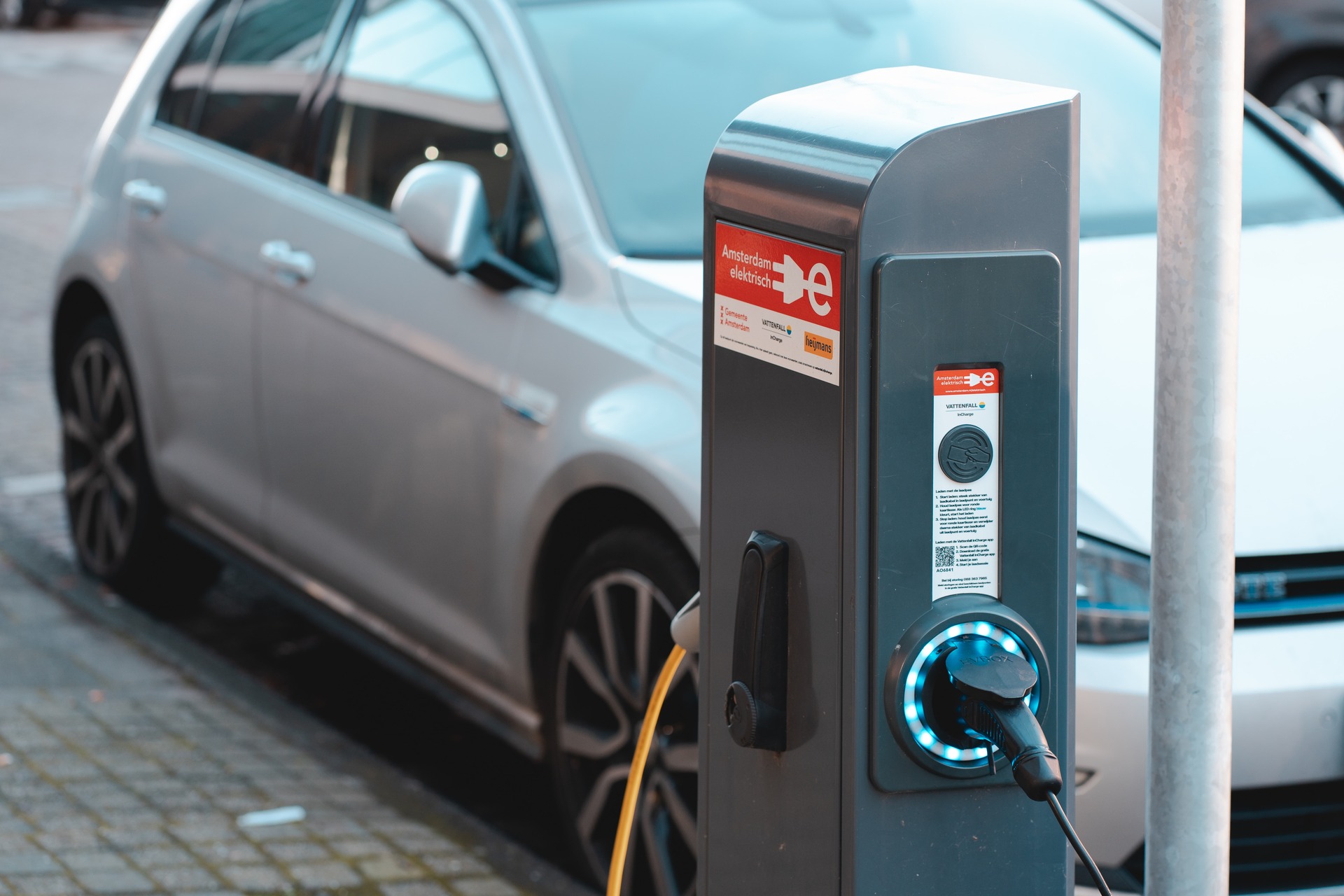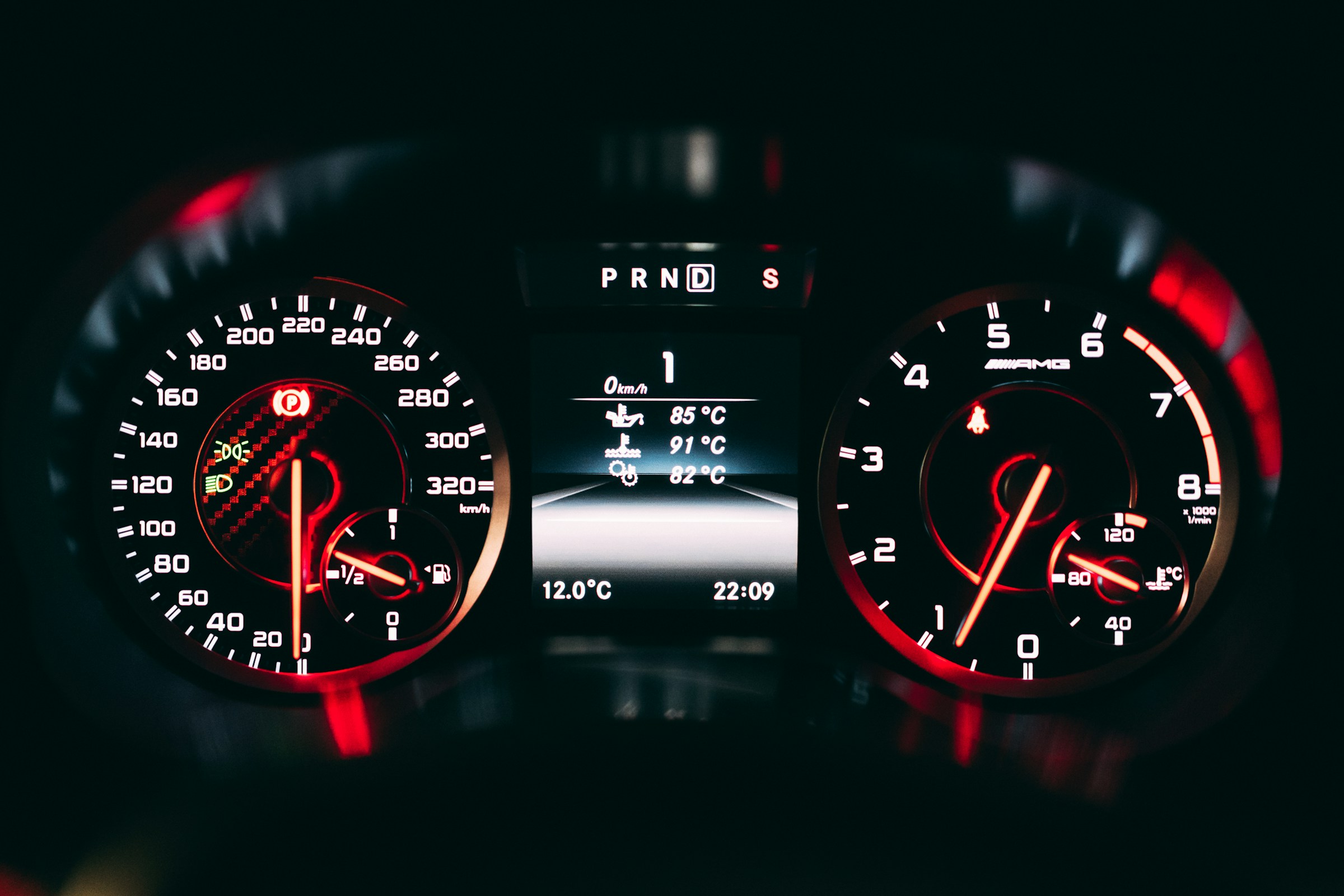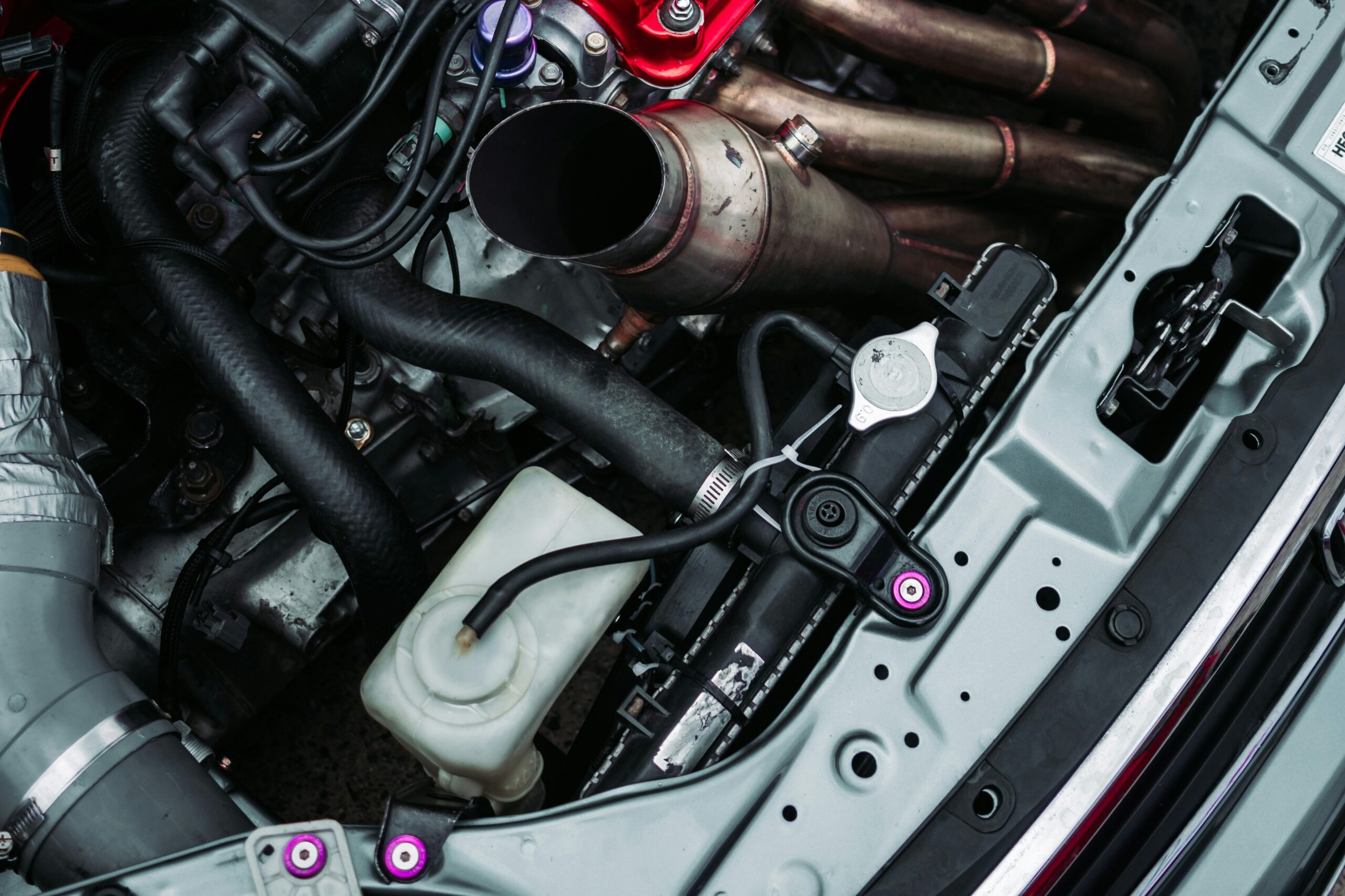Electric Car Dangers: Can Electric Cars Electrocute You?
Jul 07, 2017

As an Amazon Associate, Modded gets commissions for purchases made through links in this post.
Today’s article comes from Vania Silva.
In an effort to find the perfect solution for vehicle energy efficiency, automakers and consumers alike have been turning to electric and hybrid cars for some time. While quite popular and innovative, these vehicles are nonetheless causing unforeseen hazards. Firefighters and first responders to electric and hybrid vehicle accidents actually risk serious injury due to electrocution from damaged electric car battery packs.
SAE (formerly known as the Society of Automotive Engineers) strongly stated in a report that electric and hybrid cars must have some sort of industry-wide identification on them so that all first responders can quickly distinguish these vehicles and take proper precautions. They also urged the auto industry to instill some universal measures to keep first responders safe. How can electric cars electrocute you?
Electric Car Dangers
An electric or hybrid car’s increased battery size, in combination with the electric battery’s composition, poses a great risk of electrocution after a vehicle crash. An industry panel confirmed that firefighters and first responders put themselves at extreme risk of injury or death while attending to electric and hybrid vehicle accidents. SAE is calling for warning labels and safety requirements so that first responders will know what they’re dealing with ahead of time.
The SAE’s technical chairman, Todd Mackintosh, led the report, which directly addressed those in charge of developing technology for energy-saving and energy-responsible vehicles. Mackintosh said in a press release, “As electric vehicles enter the marketplace in greater numbers, it’s an appropriate time to recognize best practices that facilitate a safe response when these vehicles are in an accident.”
Suggestions to Mitigate Risk
SAE offered several suggestions for solutions to this dilemma. One idea was to incorporate switches to turn battery power off at the time of an accident; another was to place badges on the rear and sides of cars, identifying these vehicles as electric or hybrid cars instead of fuel-powered cars (he even recommended special lettering on dashboards). These along with other safety measures and methods would be consistent across all car makes and models, for electric and hybrid vehicles.
Identification markers are suggested to be visible to a driver from 50 feet away, which would help first responders as well as tow-truck operators take caution upon approach. Mackintosh says that special badges and lettering would act as a “cheat sheet” for those who need to attend to a vehicle immediately after an accident, and even several hours later.
USA Today reported that the growing popularity of electric and hybrid cars over the past decade has resulted in a growing fear among firefighters. The media outlet supports the notion that firefighters would thus greatly benefit from the ability to distinguish fuel-powered cars from electric and hybrid cars in a hurry; if badging were visible from 50 feet away, on all sides of a car and in a standardized way, this would be a tremendous relief for emergency personnel.
According to Buckley Heath, a training officer at Overland Park, Kansas Fire Department, badging is a safety mechanism that just makes sense. He told the paper that he agrees with efforts to badge and identify electric and hybrid vehicles. Even though SAE’s recommended mechanisms aren’t required by law currently, there are some automakers that are already following their suggestions.
Moving Forward
The National Alternative Fuels Training Consortium (NAFTC) has debuted a first-responder training program for safely dealing with electric and hybrid cars. The training curriculum offers best-practice solutions and suggestions for electric and hybrid vehicle crashes. It also teaches interested parties how to quickly differentiate electric and hybrid vehicles from cars that operate on fuel.
As more auto manufacturers develop new designs for in-demand electric and hybrid vehicles, it will be important for designers and engineers to keep an open and cautious mind. While using energy more wisely is critical for the sustainability of our planet, there must be equal concern for sustaining human life. A simple solution, at last for the immediate future, could be badging these cars in case of emergency to avoid associated dangers. That way, our first responders have the best chance of staying safe from electricity, while we all try to keep the earth safer from fossil fuels.






